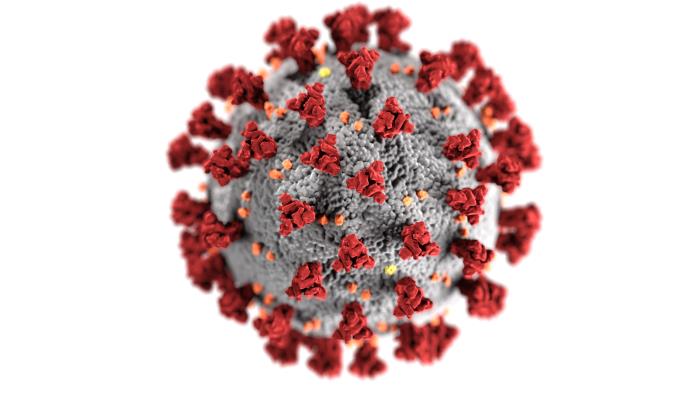I am a big, big fan of writing papers so that readers can exactly replicate results. One important part of this is telling readers exactly how to get your original data sources. Properly citing data sources certainly helps in this regard, but I think it's also a nice way to reward authors and other organizations for making the data available to researchers.
One issue in particular I have come across lately is how to cite data that authors have very generously made available on their personal websites or journal websites (I'm thinking of you, David Dorn!). Worry no longer because you can find detailed guidance on how to cite data right here. Note specifically how to cite replication data. Super useful!
